1. Stricter Landscaping Guidelines

Homeowners associations (HOAs) are increasingly implementing detailed landscaping regulations to maintain uniformity and enhance curb appeal across neighborhoods. These rules often dictate the types of plants homeowners can use, with a preference for native or low-maintenance species. According to HGTV, such guidelines help communities preserve a cohesive look while supporting sustainable practices like xeriscaping in water-scarce regions. HOAs may also require specific maintenance schedules, such as regular lawn mowing, trimming, and weed removal. Noncompliance with these regulations often results in fines or mandatory remediation at the homeowner’s expense.
The rules may extend to hardscaping elements like fencing, pathways, and decorative features, ensuring they align with the neighborhood’s design theme. While these restrictions aim to boost property values, they can be contentious for residents who prefer personalized or unconventional landscaping. Critics argue that stringent guidelines limit creativity and may disregard cultural landscaping practices. To navigate these rules, many homeowners seek approval from HOA boards before implementing changes. Stricter landscaping requirements highlight the tension between aesthetic uniformity and individual expression in modern communities.
2. Limits on Short-Term Rentals
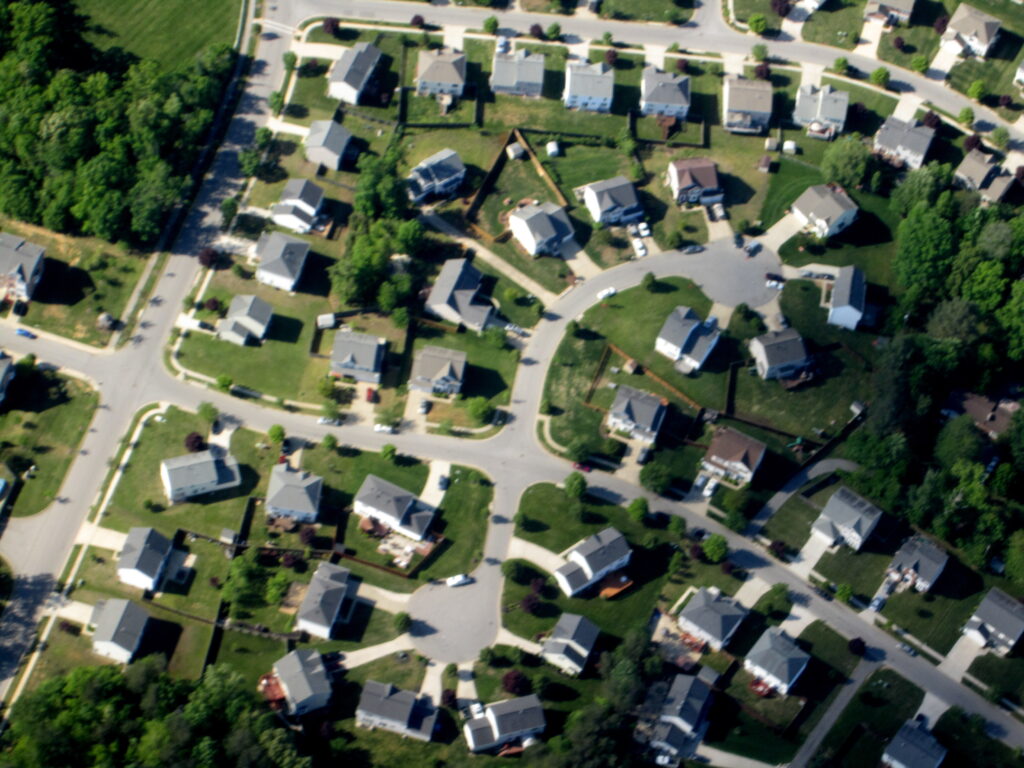
With the rise of platforms like Airbnb and VRBO, many HOAs are imposing strict limits—or outright bans—on short-term rentals to address community concerns. According to Forbes, these restrictions are often driven by complaints about noise, increased traffic, and potential safety issues stemming from frequent visitor turnover. HOAs may require homeowners to obtain approval before listing properties or mandate minimum rental durations, such as 30 days or more. Some communities enforce these rules by tracking online rental listings and penalizing violators with hefty fines.
While proponents argue these measures preserve neighborhood stability and protect property values, critics believe they limit homeowners’ rights to monetize their properties. In areas with high tourist activity, such restrictions can significantly impact local economies and residents who rely on supplemental rental income. To find middle ground, some HOAs allow rentals but require hosts to comply with strict occupancy limits and guest conduct rules. These regulations reflect the broader challenge of balancing individual interests with collective well-being in residential areas.
3. Regulated Exterior Lighting

In a bid to preserve community ambiance and combat light pollution, HOAs are introducing detailed regulations on exterior lighting. These rules often specify acceptable brightness levels, light fixture designs, and hours of operation for outdoor lighting. According to Dark-Sky Association, excessive artificial lighting can disrupt ecosystems, obscure night skies, and interfere with human circadian rhythms. To mitigate these effects, HOAs may require residents to use shielded fixtures that direct light downward and reduce glare.
Some neighborhoods enforce curfews for decorative lights, such as turning off string lights or pathway illumination by 10 p.m. Homeowners who violate these guidelines risk fines or mandatory replacements of noncompliant fixtures. While these measures promote sustainability and harmony, they can frustrate residents who prioritize security or aesthetic preferences. Many communities are adopting energy-efficient solutions, like solar-powered lights, to balance environmental concerns with functionality. HOA lighting rules reflect a growing awareness of the impact of urban development on natural surroundings.
4. Electric Vehicle Charging Requirements
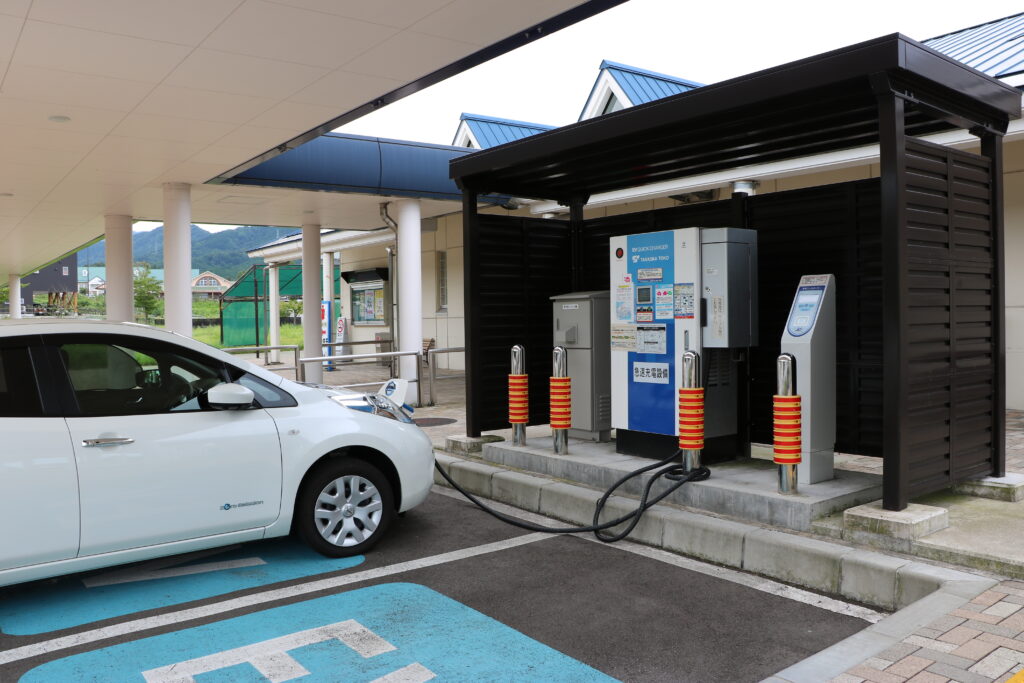
As electric vehicles (EVs) become more popular, some HOAs are adapting by mandating the installation of EV charging stations in new developments or shared community spaces. According to Energy.gov, accessible EV infrastructure is critical to supporting the transition to cleaner transportation. In some cases, HOAs restrict the placement of personal charging stations to garages or designated parking areas, ensuring they do not disrupt neighborhood aesthetics. These regulations often include specifications on installation, such as requiring professional setup and adherence to safety standards.
For multi-unit housing, HOAs may establish shared charging facilities and implement usage fees to cover maintenance costs. Critics of these mandates highlight the financial burden they can place on homeowners, particularly in older developments lacking the necessary electrical infrastructure. However, proponents argue that these requirements future-proof communities and enhance property values by catering to the growing demand for EV-friendly housing. As EV adoption accelerates, more HOAs are likely to establish charging-related guidelines.
5. Ban on Artificial Turf in Front Yards
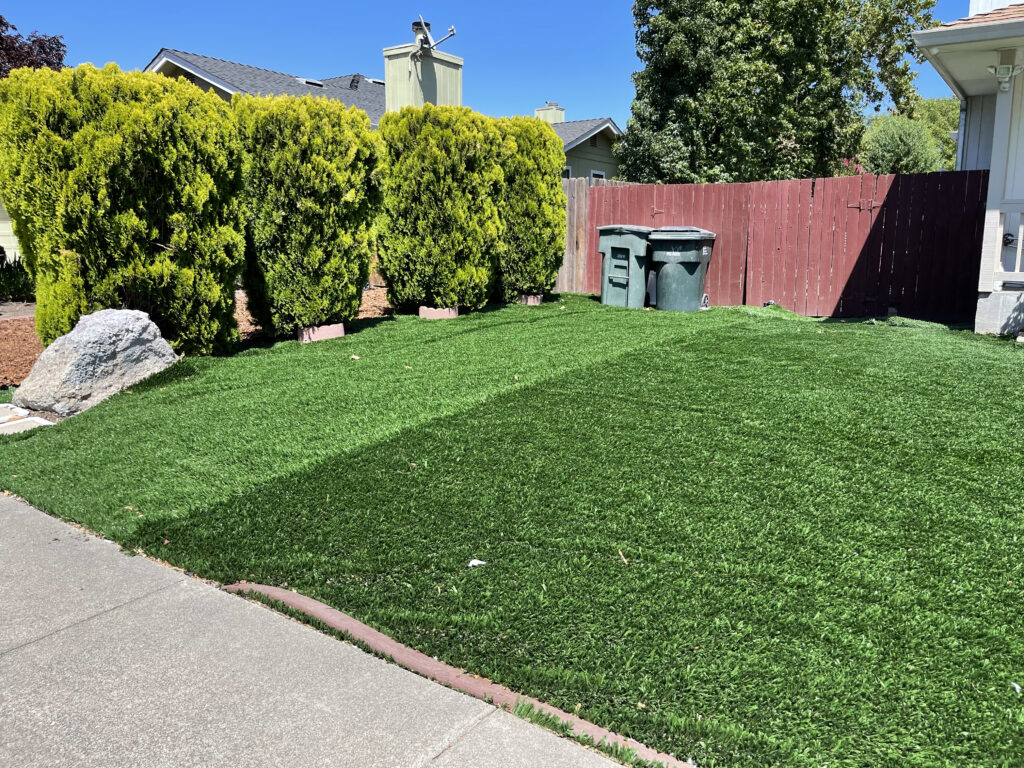
Despite its popularity for water conservation and low maintenance, artificial turf is facing bans in the front yards of many HOA-governed neighborhoods. According to The Spruce, critics of synthetic grass argue that it lacks the aesthetic appeal of natural lawns and can contribute to urban heat islands. HOAs often favor natural grass or drought-tolerant plants that blend better with the community’s overall look.
In some cases, artificial turf may be allowed in backyard areas or concealed zones where visibility is limited. Violating these rules can result in fines or demands for removal at the homeowner’s expense. While bans aim to maintain a uniform and “natural” appearance, they can be controversial in regions with severe water restrictions, where synthetic lawns provide a practical alternative. Some HOAs are exploring hybrid solutions, such as permitting high-quality turf that mimics natural grass. This trend underscores the ongoing debate between aesthetic priorities and environmental practicality in residential design.
6. Mandatory Solar Panel Integration
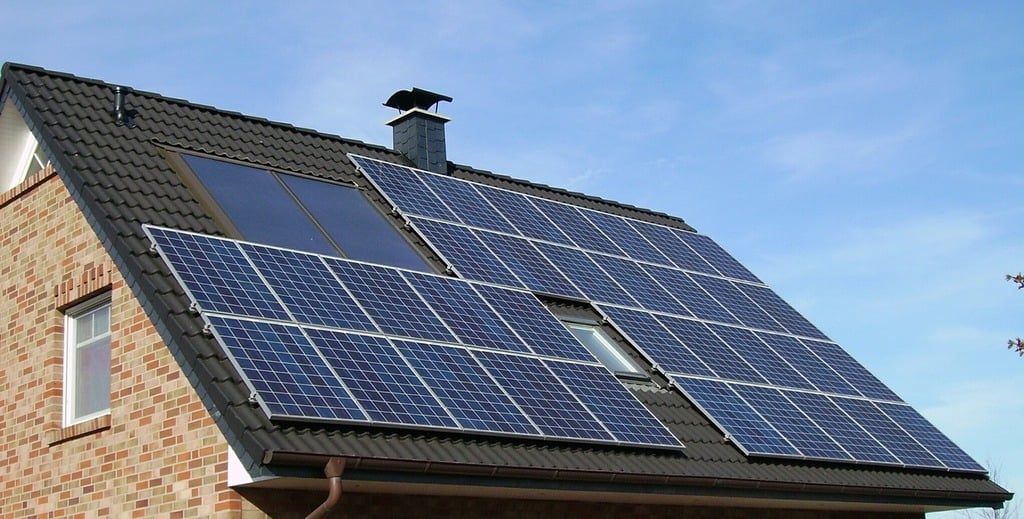
HOAs are increasingly requiring solar panel installations on new builds or offering incentives for retrofitting existing homes. According to Solar Energy Industries Association, such measures align with broader efforts to promote renewable energy and reduce carbon footprints. Some communities mandate solar panels to meet specific energy efficiency goals or qualify for green certifications. These requirements often include guidelines on panel placement, ensuring they do not detract from the neighborhood’s appearance.
While the upfront cost of solar installations can be significant, many HOAs partner with solar providers to offer discounts or financing options for homeowners. Critics argue that mandatory solar integration may not be feasible for all residents, particularly in areas with limited sunlight or financial resources. Proponents, however, emphasize the long-term cost savings and environmental benefits of renewable energy. As sustainability becomes a key focus in home design, more HOAs are likely to adopt similar policies.
7. Pet Restrictions

To address concerns about noise, safety, and cleanliness, some HOAs are introducing stricter rules on pet ownership. These restrictions may include breed-specific bans, weight or size limits, and limits on the number of pets per household. According to ASPCA, such measures often stem from a desire to maintain harmony among residents and minimize disruptions in shared spaces. Many HOAs also enforce stricter leash laws and designate specific areas for pets, such as dog parks or walking trails. These rules aim to reduce the likelihood of conflicts, such as aggressive pet behavior or owners neglecting to clean up after their animals.
Violations often result in fines or mandatory removal of noncompliant pets. While some residents appreciate the effort to create a safer and quieter environment, others feel these policies infringe on their personal freedoms. To accommodate diverse needs, some HOAs are revising their pet guidelines to include exemptions for service animals or provide more flexibility. The debate around pet restrictions highlights the challenge of balancing community interests with individual rights.
8. Home Office Appearance Standards

As remote work becomes increasingly common, HOAs are addressing the impact of visible home offices on neighborhood aesthetics. These rules often regulate the appearance of office spaces visible from the street, such as window-facing desks, external signage, or excessive outdoor modifications. According to The New York Times, HOAs aim to ensure that residential areas maintain a cohesive and professional appearance despite the rise in home-based businesses. Some communities may require homeowners to conceal equipment, like monitors or filing cabinets, behind curtains or blinds.
Additionally, exterior changes, such as added entrances or large delivery drop-off stations, may require HOA approval. Critics argue that these standards can be overly intrusive, especially when they extend into private interiors. Supporters believe they protect property values and prevent disruptions, such as increased traffic or noise from business operations. To accommodate the evolving workforce, some HOAs are updating guidelines to balance professional functionality with neighborhood harmony.
9. Prohibited Holiday Decorations

Holiday decorations are a common source of contention in HOA communities, leading to stricter guidelines on what is permissible. These rules may restrict oversized inflatables, limit themes, or set specific timeframes for installation and removal. According to Better Homes & Gardens, the goal is to preserve the neighborhood’s aesthetic while respecting diverse cultural traditions. Some HOAs require residents to seek approval before putting up elaborate displays or using bright, flashing lights. Violators risk fines, warnings, or forced removal of noncompliant decorations. These restrictions can spark debates about freedom of expression, as residents push back against perceived overreach.
However, proponents argue that clear guidelines help prevent disputes and ensure all residents feel comfortable in shared spaces. To foster inclusivity, some communities are revising their rules to accommodate a wider range of holiday traditions while maintaining limits on excessive displays. The evolving nature of these regulations reflects the challenge of balancing individual celebration with collective harmony.
10. Enhanced Security Protocols

Rising concerns about neighborhood safety have prompted many HOAs to implement stricter security measures. These may include requiring residents to comply with surveillance camera placement guidelines, installing security systems, or participating in neighborhood watch programs. According to Security.org, such measures aim to deter crime, enhance visibility, and provide peace of mind for residents. Some HOAs also mandate shared security systems, like gated entrances or community-wide camera networks, funded through homeowner dues.
While these initiatives improve overall safety, they can raise privacy concerns, especially when surveillance extends into private spaces. Violations of security protocols, such as improperly installed cameras, may result in fines or removal orders. Supporters argue that enhanced security measures boost property values and create a safer environment for families. Critics, however, caution against over-reliance on surveillance, which may lead to a loss of personal privacy or community trust. HOAs must strike a delicate balance between safety and individual rights when implementing these policies.
11. Limits on Outdoor Structures
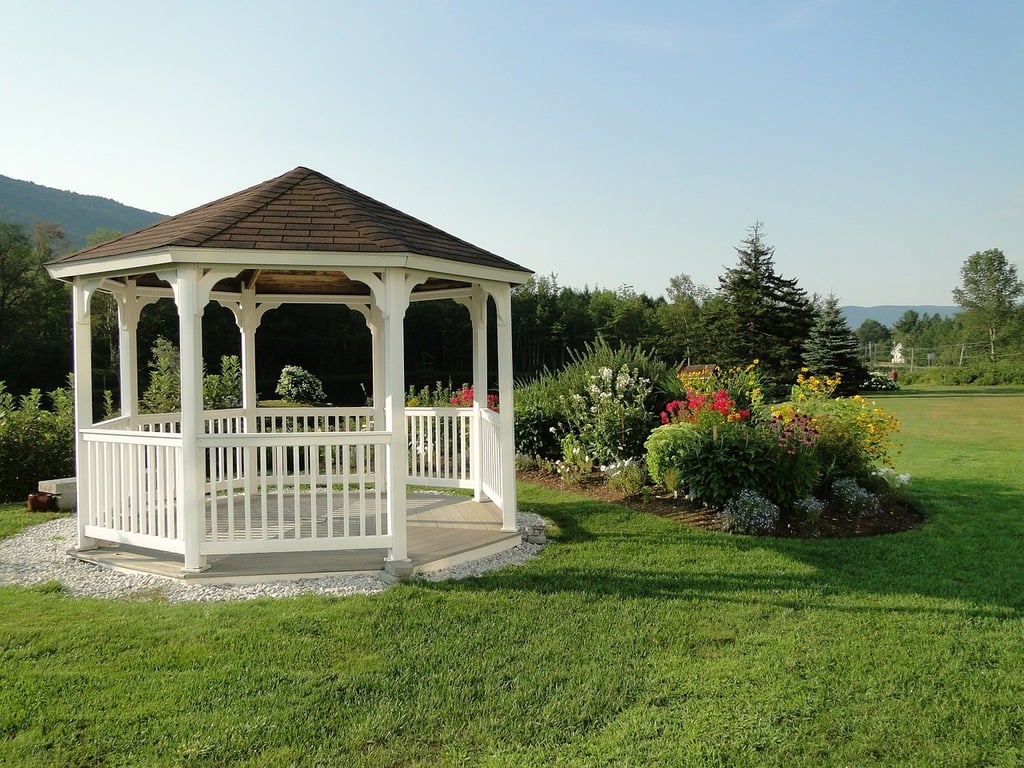
HOAs are introducing stricter approval processes for outdoor structures, such as gazebos, pergolas, and storage sheds, to maintain uniformity across communities. These guidelines often dictate the size, materials, and placement of such structures to prevent overcrowding and preserve aesthetic standards. According to The Home Depot, popular outdoor additions like gazebos can enhance property value when aligned with HOA rules. Homeowners typically need to submit detailed plans for review before starting construction, with noncompliance leading to fines or removal requirements.
Restrictions may also apply to portable structures, like pop-up tents or temporary carports, ensuring they are used only for specific events or seasons. Critics argue that these rules can stifle creativity and limit homeowners’ ability to personalize their outdoor spaces. Proponents, however, believe they prevent clutter and maintain property values. Some HOAs are adopting more flexible policies to accommodate changing homeowner preferences while preserving neighborhood standards.
12. Enforced Recycling Programs
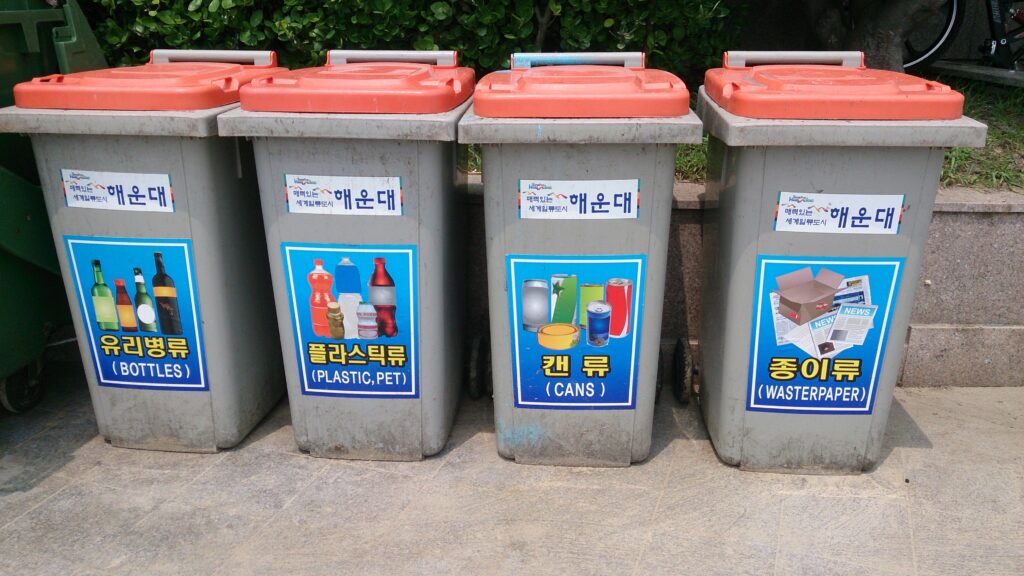
To promote sustainability, many HOAs are implementing mandatory recycling programs with strict compliance requirements. These programs often specify the types of materials residents must separate, such as paper, plastics, and glass, and mandate the use of approved recycling bins. According to EPA, proper recycling reduces landfill waste and conserves natural resources, aligning with broader environmental goals. HOAs may partner with local waste management services to provide regular pickups and educational resources on recycling best practices. Noncompliance can result in fines, warnings, or the denial of waste collection services.
While some residents appreciate the emphasis on sustainability, others find the requirements burdensome, especially in areas without convenient recycling infrastructure. To encourage participation, some HOAs offer incentives, like reduced fees or community recognition, for households that consistently follow recycling guidelines. Enforced programs reflect a growing trend toward eco-friendly living in modern communities, highlighting the role of HOAs in driving positive environmental change.
